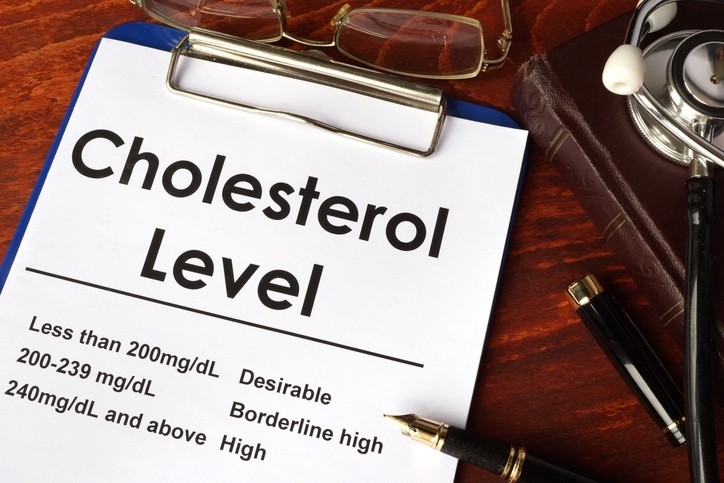Asia’s cholesterol explosion: Diet a key contributor to huge rises across the region – new data

The study, which examines data from more than 100 million individuals worldwide, reveals that changes in diet, behaviour and use of medication are driving one of the most important causes of heart disease around the world.
High blood cholesterol is a significant risk factor for heart disease and stroke, and had previously been considered a feature of high-income western countries.
Past studies have examined total cholesterol rates but have not analysed high-density lipoprotein (HDL) cholesterol and non-HDL cholesterol separately, the latter of which key markers for understanding cholesterol-related cardiovascular disease risk.
A group of nearly 1,000 researchers from around the world analysed data from 1,127 studies comprising 102.6 million adults to assess global trends in cholesterol levels from 1980 to 2018.
The authors found that total and non-HDL cholesterol levels have increased in low- and middle-income countries, particularly in east and South East Asia, and have declined in high-income western countries, especially northwestern Europe, and in central and eastern Europe.
Belgium and Iceland saw some of the strongest decreases in non-HDL cholesterol since 1980.
China, which had some of the lowest levels of non-HDL cholesterol in 1980, was among the highest in 2018.
In 2017, non-HDL cholesterol was implicated as a contributing factor in 3.9 million deaths worldwide, half of which occurred in east, southeast and south Asia, compared to only a quarter in 1990.
CVD risk
The authors, writing in the journal Nature, noted: “Countries with the highest level of non-HDL cholesterol—which is a marker of cardiovascular risk— changed from those in western Europe such as Belgium, Finland, Greenland, Iceland, Norway, Sweden, Switzerland and Malta in 1980 to those in Asia and the Pacifc, such as Tokelau, Malaysia, The Philippines and Thailand.
“In 2017, high non-HDL cholesterol was responsible for an estimated 3.9 million (95% credible interval 3.7 million–4.2 million) worldwide deaths, half of which occurred in east, southeast and south Asia.
“The global repositioning of lipid-related risk, with non-optimal cholesterol shifting from a distinct feature of high-income countries in northwestern Europe, north America and Australasia to one that afects countries in east and southeast Asia and Oceania should motivate the use of population-based policies and personal interventions to improve nutrition and enhance access to treatment throughout the world.”
The authors of the research suggest that these results should lead to policies that help replace saturated fats with unsaturated fats and to enhance treatment throughout the world.
They argued that the decrease in non-HDL cholesterol in western countries can be attributed to changes in diet, especially the replacement of saturated with unsaturated fats and the reduction in trans fats.
In contrast, the consumption of animal-source foods, refined carbohydrates and palm oil has increased substantially in east and South East Asia, they added.
The researchers concluded: “Our results show that over the past nearly four decades, there has been a major global repositioning of lipid-related risk, with non-optimal cholesterol patterns shifting from being a distinct feature of high-income countries in northwestern Europe, north America and Australasia to one that affects middle-income countries in east and South East Asia, as well as some countries in Oceania and central Latin America.
“This transition is especially noticeable for non-HDL cholesterol, which had not been quantified previously in a global analysis. This global repositioning has occurred as a consequence of opposing trends in high-income western countries and in Asia, which has led to some Asian countries having the highest worldwide non-HDL cholesterol levels in 2018.”
Source: Nature
“Repositioning of the global epicentre of non-optimal cholesterol”
DOI: 10.1038/s41586-020-2338-1
Authors: Majid Ezzati, et al.














